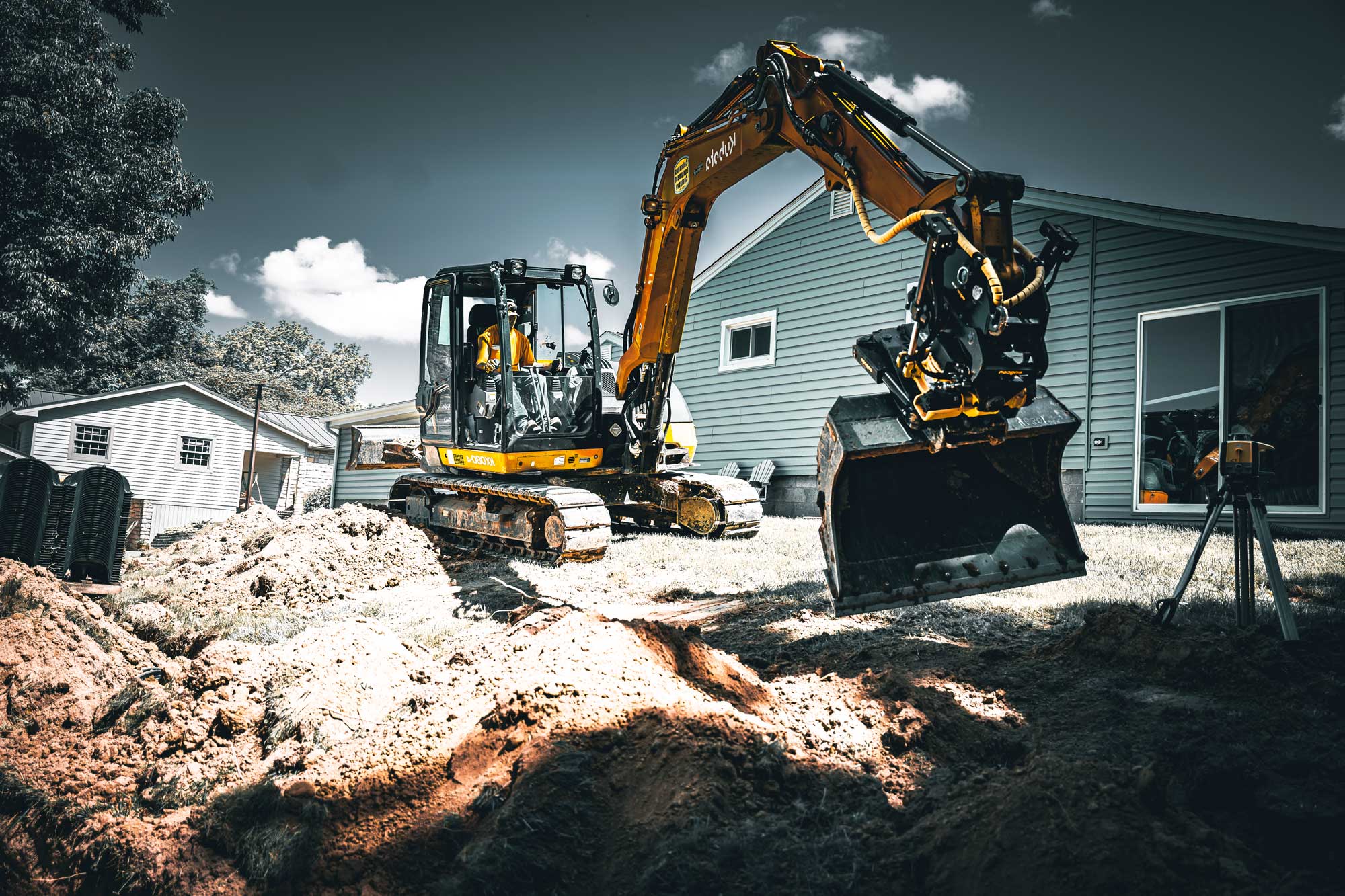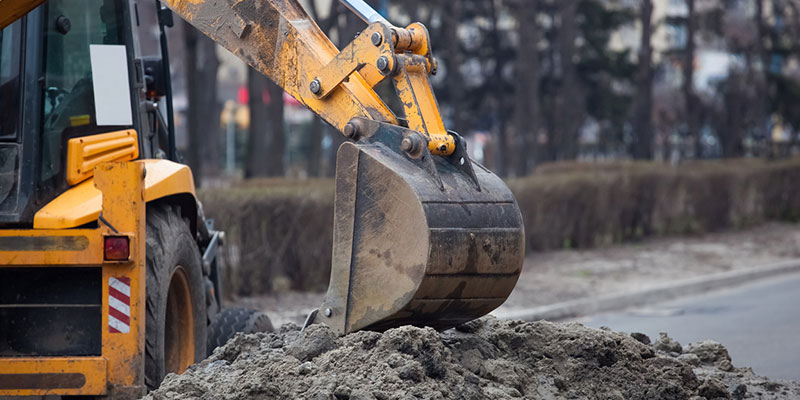Introducing the Art of Excavation: Pro Tips for Safe and Effective Excavating
As soil is turned and earth is moved, the details of excavation disclose themselves, demanding a keen understanding of equipment, soil structure, safety procedures, and environmental factors to consider. The know-how needed to navigate these components successfully can suggest the difference in between a successful excavation job and a possible disaster.
Value of Proper Devices
To guarantee the security and effectiveness of any type of excavation task, making use of the ideal equipment is paramount. Excavation projects vary in scope and complexity, ranging from small domestic landscaping tasks to massive building endeavors.
These functional makers come in different sizes to match various project needs. Tiny excavators are optimal for smaller jobs, while bigger excavators tackle extra substantial projects successfully.
Besides excavators, other crucial tools includes dump trenchers, vehicles, and bulldozers. Dump vehicles are important for getting rid of and delivering excavated products, while trenchers are made use of for digging slim and deep trenches. Bulldozers succeed in tasks that call for pressing big amounts of soil or particles. By purchasing the proper equipment, excavation jobs can be finished safely, in a timely manner, and with precision.
Understanding Soil Structure
A comprehensive grasp of dirt make-up is fundamental for performing excavation projects with precision and security. Recognizing the different sorts of soil is essential as it directly impacts excavation approaches, devices choice, and general task efficiency. Soil structure commonly consists of four main elements: sand, silt, clay, and raw material. Each part has one-of-a-kind buildings that affect how soil reacts to excavation processes.
Sand bits are the largest and offer great drainage but offer little cohesion. Silt fragments are smaller than sand yet larger than clay, offering moderate drain and communication. Clay particles are the smallest and give high communication however bad drainage. Organic issue, such as decomposing plant product, impacts soil fertility and security.
Prior to beginning excavation, conducting dirt tests to determine its composition and features is crucial. This details assists in selecting the ideal devices, executing precaution, and developing excavation strategies customized to the specific dirt conditions - lancaster excavation. By comprehending dirt structure, excavation specialists can boost job end results while making sure safety and adherence to ideal practices
Precaution and Methods
Understanding dirt composition is the keystone upon which security measures and procedures for excavation tasks are developed, ensuring the wellness of employees and the success of the endeavor. When it pertains to safety during excavation, there are several vital steps that have to be implemented to alleviate threats and protect against accidents.
First and leading, prior to any digging begins, a thorough evaluation of the website need to be carried out to recognize any kind of potential hazards such as underground utilities, unsteady soil conditions, or close-by structures that might present a threat. It is critical to have a skilled person supervise the excavation process to guarantee that all security procedures are complied with strictly.
Moreover, all employees included in the excavation should be correctly trained in safe excavating techniques and the correct procedure of devices. By adhering to these safety measures and methods, excavation tasks can be finished effectively and without incident.
Reliable Excavation Preparation
When starting an excavation task, precise preparation is necessary to guarantee efficiency, safety and security, and successful results. Reliable excavation planning entails a number of essential steps that are essential for the smooth implementation of the job. The very first step is to perform an extensive website analysis to recognize any type of prospective threats, more such as below ground utilities or unpredictable soil problems. This info is vital for creating a comprehensive excavation strategy that includes safety and security procedures and risk reduction strategies.
When the website assessment is total, the following step is to produce a clear timeline and schedule for the excavation tasks. This includes figuring out the series of tasks, devices needs, and manpower allowance. Correct scheduling assists stay clear of hold-ups and guarantees that the job remains on track.

Furthermore, interaction amongst all staff member is vital throughout the preparation stage. Clear instructions, normal updates, and reliable control are essential for a successful excavation project. By investing effort and time in precise planning, excavation teams can considerably enhance efficiency, reduce dangers, and accomplish effective results.

Handling Environmental Factors To Consider
With boosting emphasis on ecological sustainability in building practices, handling ecological factors to consider has come to be an important aspect of excavation jobs. Excavation activities have the possible to affect the surrounding setting with dirt erosion, debris overflow, environment interruption, and contamination of water resources. To reduce these threats, it is necessary to execute ideal practices that focus on environmental management.

In addition, correct waste management is critical to prevent soil and water contamination. Implementing procedures for the disposal of hazardous materials, recycling of waste products, and decreasing using damaging chemicals can substantially minimize the environmental impact of excavation jobs. By integrating these practices into excavation preparation and implementation, building business can guarantee that their projects are not just risk-free and efficient but additionally eco accountable.
Final Thought
Finally, understanding the art of excavation calls for a complete understanding of appropriate equipment, dirt structure, precaution, and reliable planning. By following these standards and thinking about environmental aspects, excavations can be carried out securely and efficiently. It is critical to focus on safety and productivity in every digging task to make sure successful end results.
As soil is transformed and earth is relocated, the complexities of excavation disclose themselves, demanding an eager understanding of devices, dirt structure, safety and security procedures, and ecological factors to consider.To ensure the security and efficiency of you could check here any kind of excavation job, making use of the suitable tools is critical.A comprehensive grasp of dirt structure is basic for performing excavation tasks with precision and safety and security. Comprehending the various types of dirt is crucial as it directly impacts excavation techniques, equipment choice, and total project effectiveness. By recognizing soil structure, excavation specialists can enhance job end results while ensuring security and adherence to ideal practices.